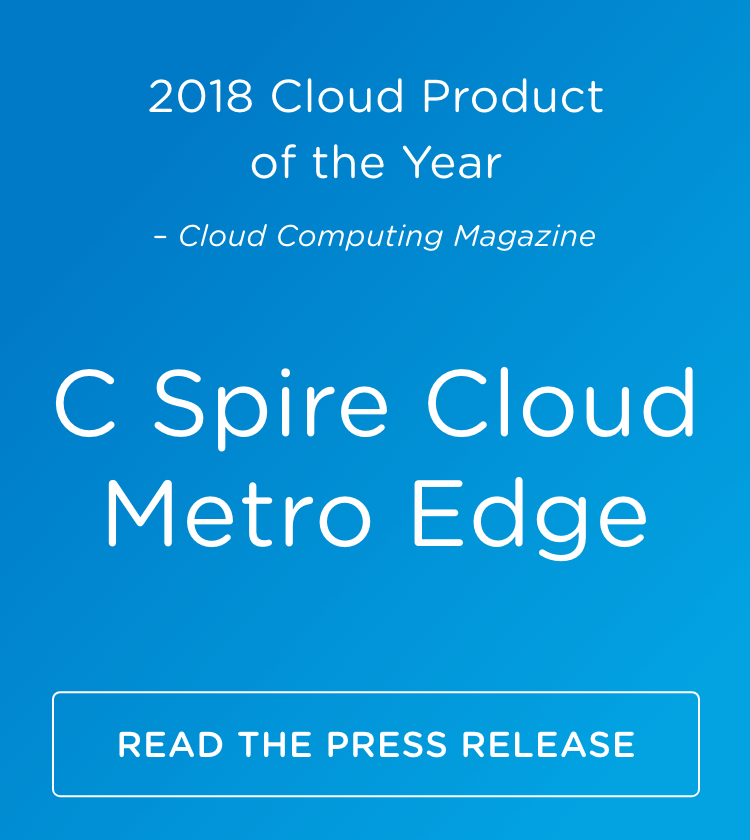
Efficiency and growth are perennial goals on every organization’s strategic business plan, and they’re often accompanied by ever-more imaginative ways of realizing them.
While team members work under constant pressure to balance those goals with reducing costs and maintaining robust security, zero-touch deployment has emerged as a game-changer, allowing companies to streamline device provisioning and management with minimal human intervention.
But achieving this level of automation while adhering to stringent compliance requirements can be challenging. Here’s how companies can successfully implement zero-touch deployment without compromising on standards.
Understanding zero-touch deployment
Zero-touch deployment enables devices to be pre-configured or configured remotely, automating the process and eliminating the need for manual intervention. For faster onboarding, reduced IT tickets and consistent user experience across the organization, zero-touch is the way to go.
Developing a comprehensive zero-touch deployment strategy
A well-thought-out plan is essential for successful zero-touch deployment. This plan should outline the deployment process, compliance requirements and security protocols. It should include:
- Assessment of current infrastructure: Evaluate the existing IT infrastructure to identify areas that need modification or enhancement for zero-touch deployment.
- Compliance requirements: List all relevant compliance standards (e.g., GDPR, HIPAA, PCI-DSS) that must be adhered to during the deployment process.
- Security policies: Define security measures and policies to be implemented on all devices.
Implementing robust security measures
Security is paramount in zero-touch deployment, especially for maintaining compliance. Essential security measures include:
- Encryption: Ensure that all data on the devices is encrypted to protect sensitive information.
- Multi-factor authentication (MFA): Implement MFA to add an extra layer of security during the device setup and access processes.
- Regular updates and patches: Automate the application of security updates and patches to keep devices secure and compliant.
Standardizing configuration profiles
Create standardized configuration profiles that comply with regulatory requirements. These profiles should include:
- Pre-configured settings: Define settings such as network configurations, security policies and application installations.
- Compliance policies: Embed compliance policies directly into the configuration profiles to ensure devices are compliant from the moment they are deployed.
Monitoring and auditing regularly
Continuous oversight and evaluation are vital for maintaining compliance. Use deployment tools with integrated tracking and reporting capabilities to:
- Ensure device conformity: Monitor devices to verify they meet security policies and regulatory standards.
- Generate compliance summaries: Regularly produce and review reports to identify and address any inconsistencies.
Training IT and end users
Educate both IT staff and end users about the zero-touch deployment process and compliance requirements. Training should cover:
- For IT staff: Ensure IT personnel are proficient with the deployment tools and understand the compliance standards.
- For end users: Provide end users with clear instructions on setting up their devices and adhering to security policies.
Engaging with compliance experts
Consult with compliance experts to ensure all regulatory requirements are met. Experts can provide:
- Compliance audits: Conduct thorough audits to identify potential security gaps in the deployment process.
- Recommendations: Offer guidance on best practices and necessary adjustments to meet compliance standards.
Zero-touch deployment is a powerful solution for businesses looking to improve efficiency and agility. Through careful planning, reliable tools, strong security and regular monitoring, it can be a powerful solution for business looking to scale efficiency and agility while maintain compliance.
Device deployment through C Spire Passport optimizes workflows for deploying new system features, with an easy-to-use platform designed for end users to set up, deploy, view and manage newly installed network features in real time.

















